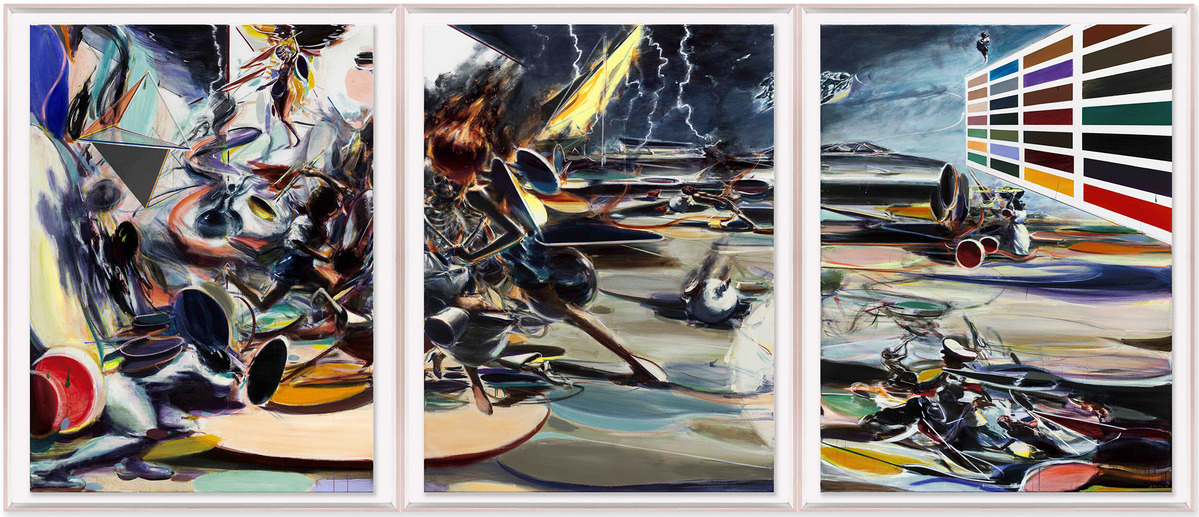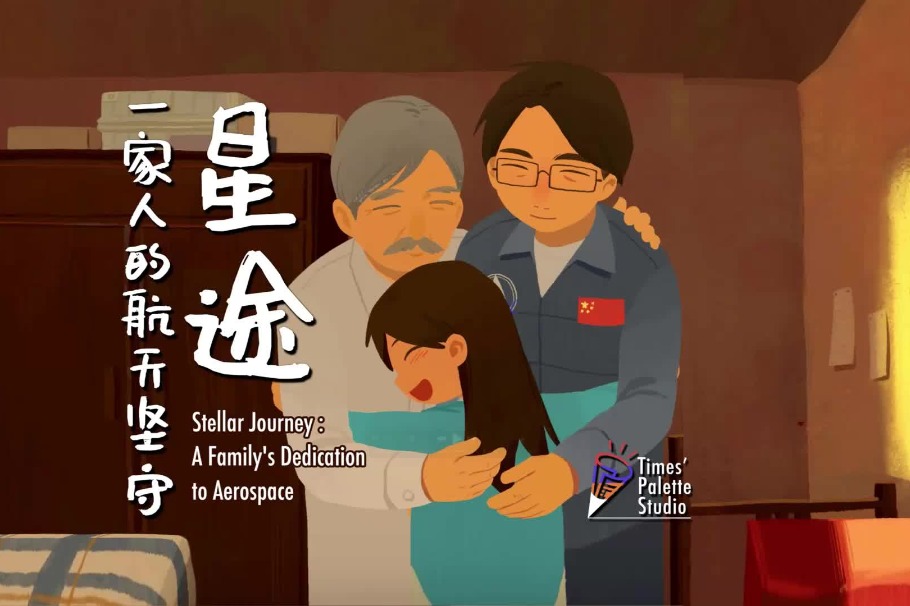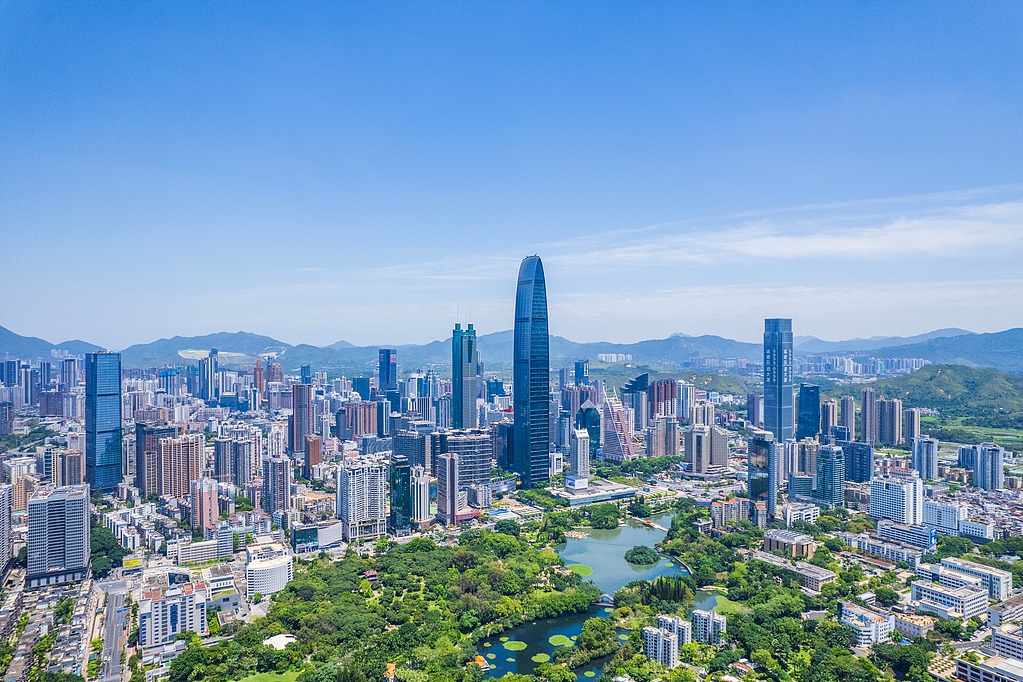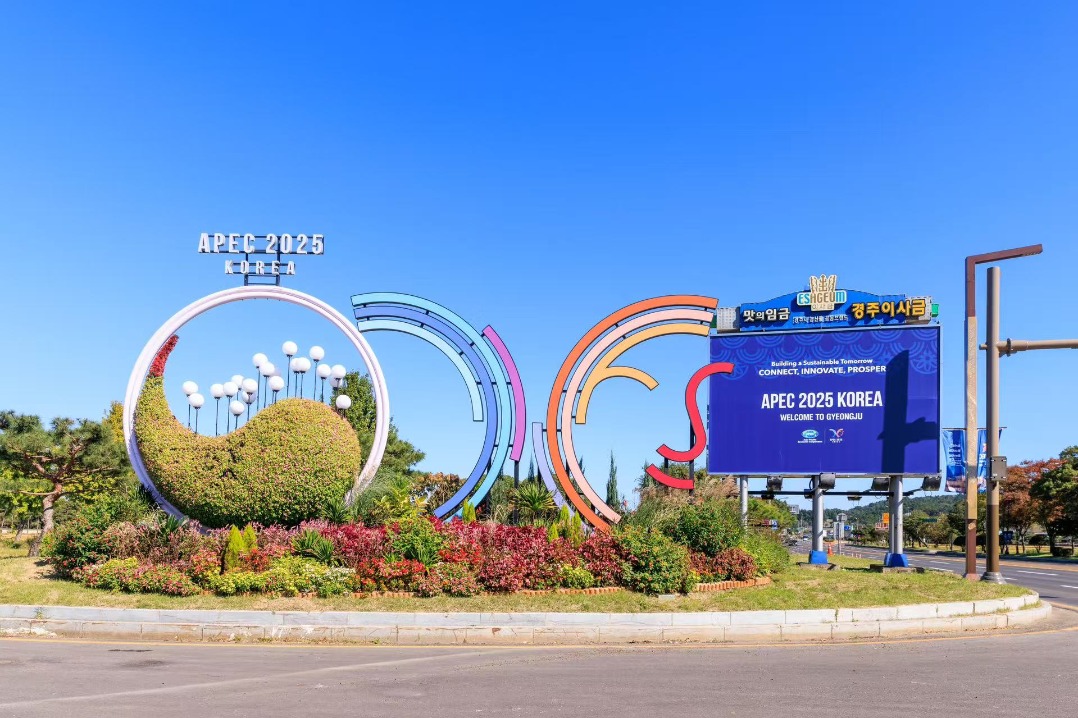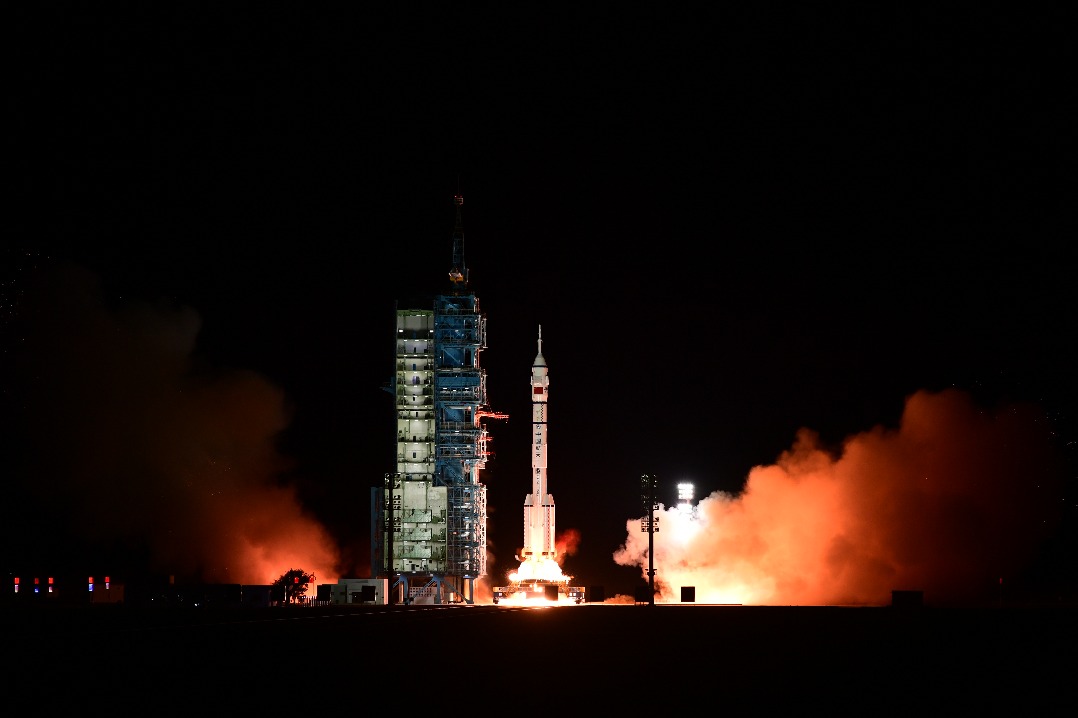Rise of the young Chinese brigade

The story so far
Chinese contemporary art began drawing wide international attention in the early 2000s. The opening of the 798 Art District in Beijing in 2003 is said to have put contemporary Chinese art on the map. In the lead-up to the 2008 Beijing Olympics, hundreds of high-profile, and affluent, people looking to forge business or cultural ties with China started visiting the country.
They included collectors and curators from around the world, keen to catch sight of a Zeng Fanzhi or a Zhou Chunya in the flesh. Galleries sold out fast, and the secondary market for Chinese contemporary art fetched record prices, both at home and internationally.
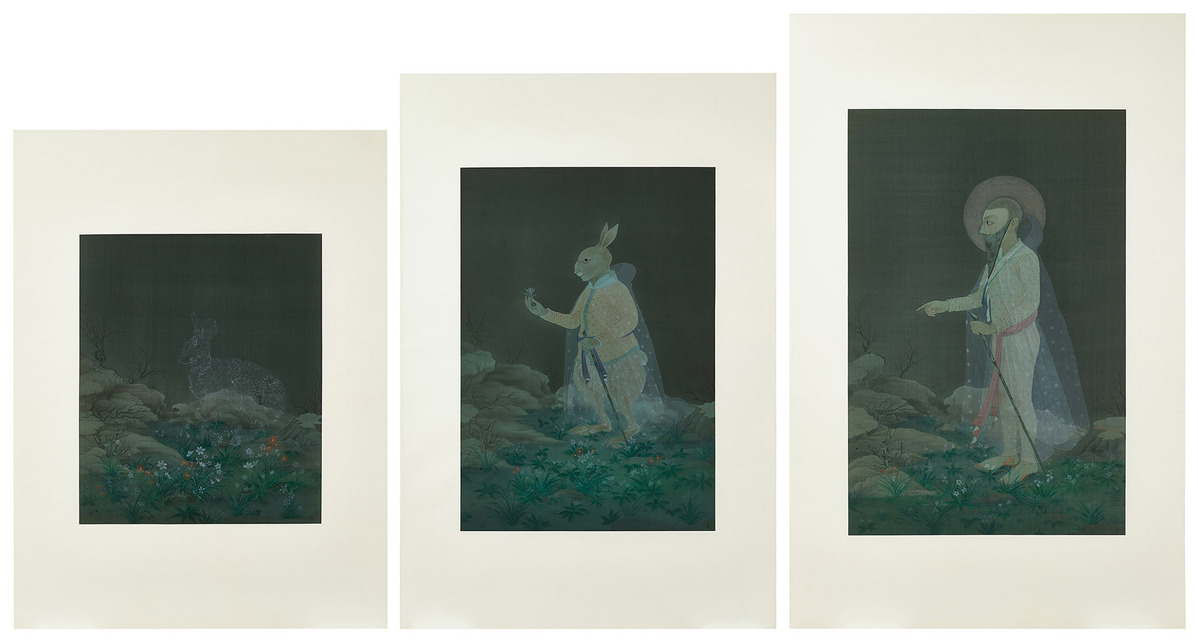
Over the 20 years between then and now, thousands of new galleries, art fairs and private museums have sprung up across the length and breadth of China, often sourcing their wares from a young generation of artists, many of whom trained at prestigious art schools abroad and have since returned to their home country, armed with new techniques, attitudes and an artistic language that's fresh and distinctly their own. Several among them are into digital media, and address contemporary themes in their works, often reflecting a global outlook.
"Young Chinese artists nowadays are making installations, sculptures and video art, even as young collectors expand their repertoire. Earlier, there were only a few of them," Bao says. He hastens to add, however, that from the collectors' point of view, young Chinese practitioners of contemporary art are still a niche category.
